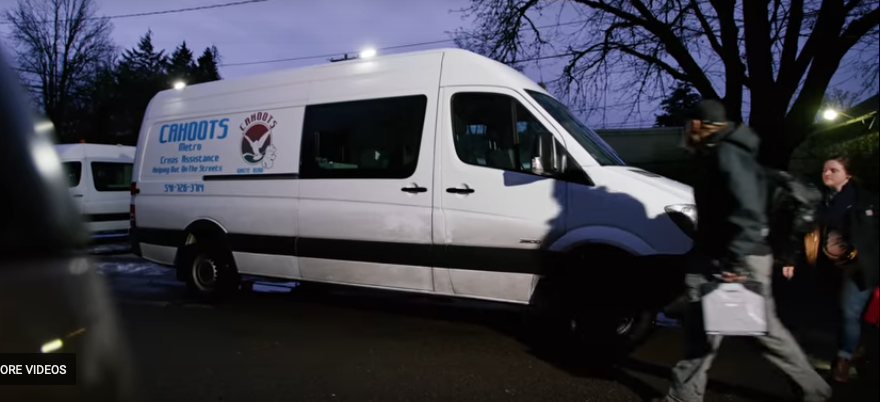Oregon community program shows what defunding the police could look like

As citizens across the country filled the streets to protest police killings of black people, the violent response from law enforcement has added urgency to a national conversation about police brutality. As cities look for what’s next, there is already a proven system of de-escalation for the high volume of mental health calls that police respond to, which often end in violence.
Mobile, community-based crisis programs employ first responders who are not police to address disturbances where crimes are not being committed. One of the nation’s longest-running examples is CAHOOTS—Crisis Assistance Helping Out on the Streets—in Eugene, Oregon.
Such programs take police out of the equation when someone is going through a mental health crisis, struggling with substance abuse, or experiencing homelessness. When police show up, situations can escalate, and the use of force can be disproportionate, especially toward black people; a 2016 study estimated that 20 to 50 percent of fatal encounters with law enforcement involved someone with mental illness.
Advocates say the CAHOOTS model shows those encounters aren’t inevitable: less than 1 percent of the calls that CAHOOTS responds to need police assistance. The CAHOOTS system relies on trauma-informed de-escalation and harm reduction. This reduces calls to police, averts harmful arrest-release-repeat cycles, and prevents violent police encounters.
This story is part of the SoJo Exchange of stories from the Solutions Journalism Network, a nonprofit organization dedicated to rigorous reporting about responses to social problems. Read the full, original story here.





